Temporary Number Change
The park's phone number has temporarily changed. Please call 434-694-8904.
| Title | Appomattox Court House |
| Park Code | apco |
| Description | On April 9, 1865, the surrender of the Army of Northern Virginia in the McLean House in the village of Appomattox Court House, Virginia signaled the effective end of the nation's largest war. Questions remained: could the nation reunite as one? H... |
| Location | |
| Contact | |
| Activities |
|
| Entrance fees |
|
| Campgrounds | Count: 0
|
| Places | Count: 24
Chamberlain-Gordon SaluteApril 12 witnessed the stacking of arms of the Confederate infantry along the Stage Road. 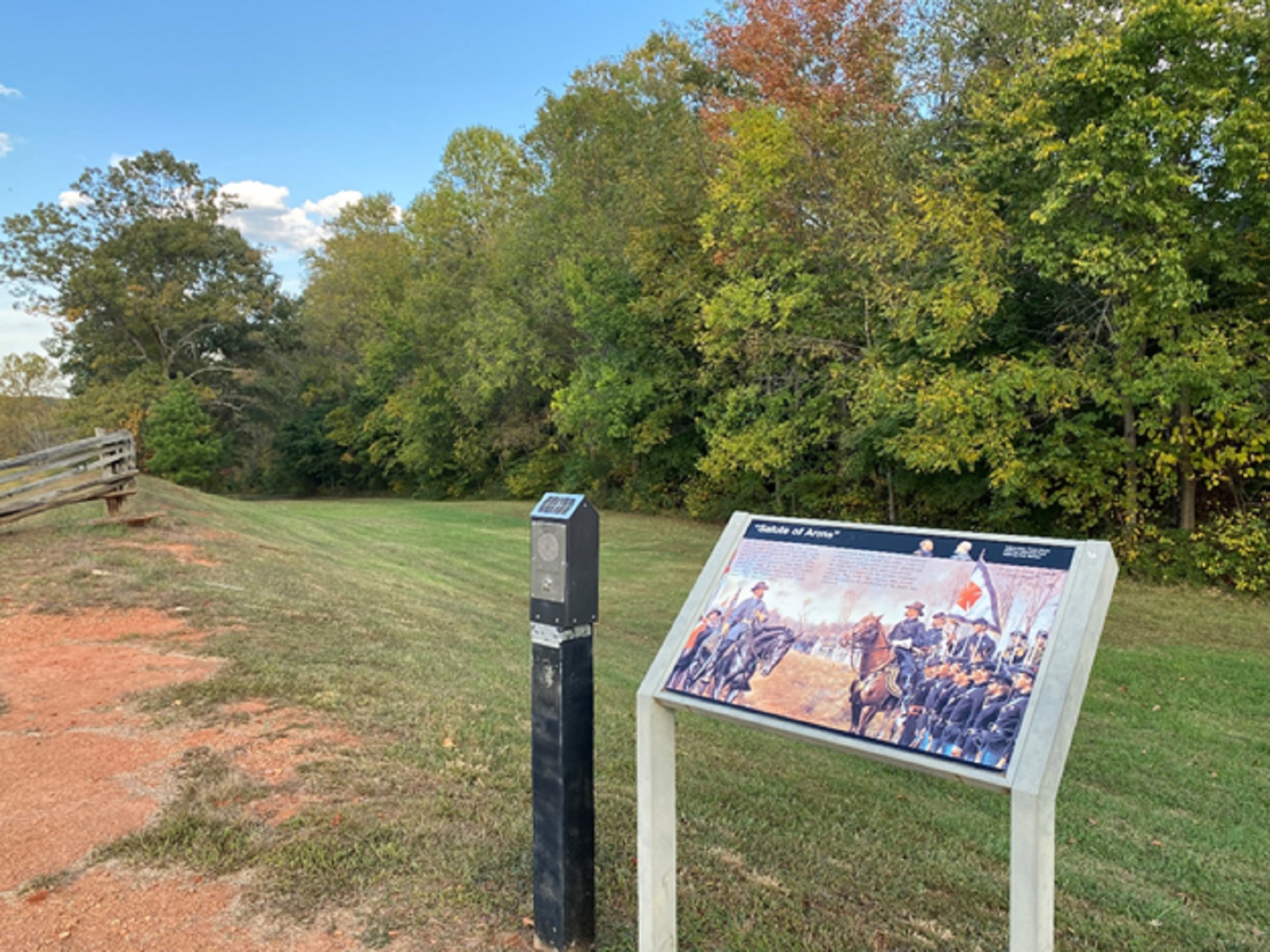
Charles Diuguid Blacksmith Shop Site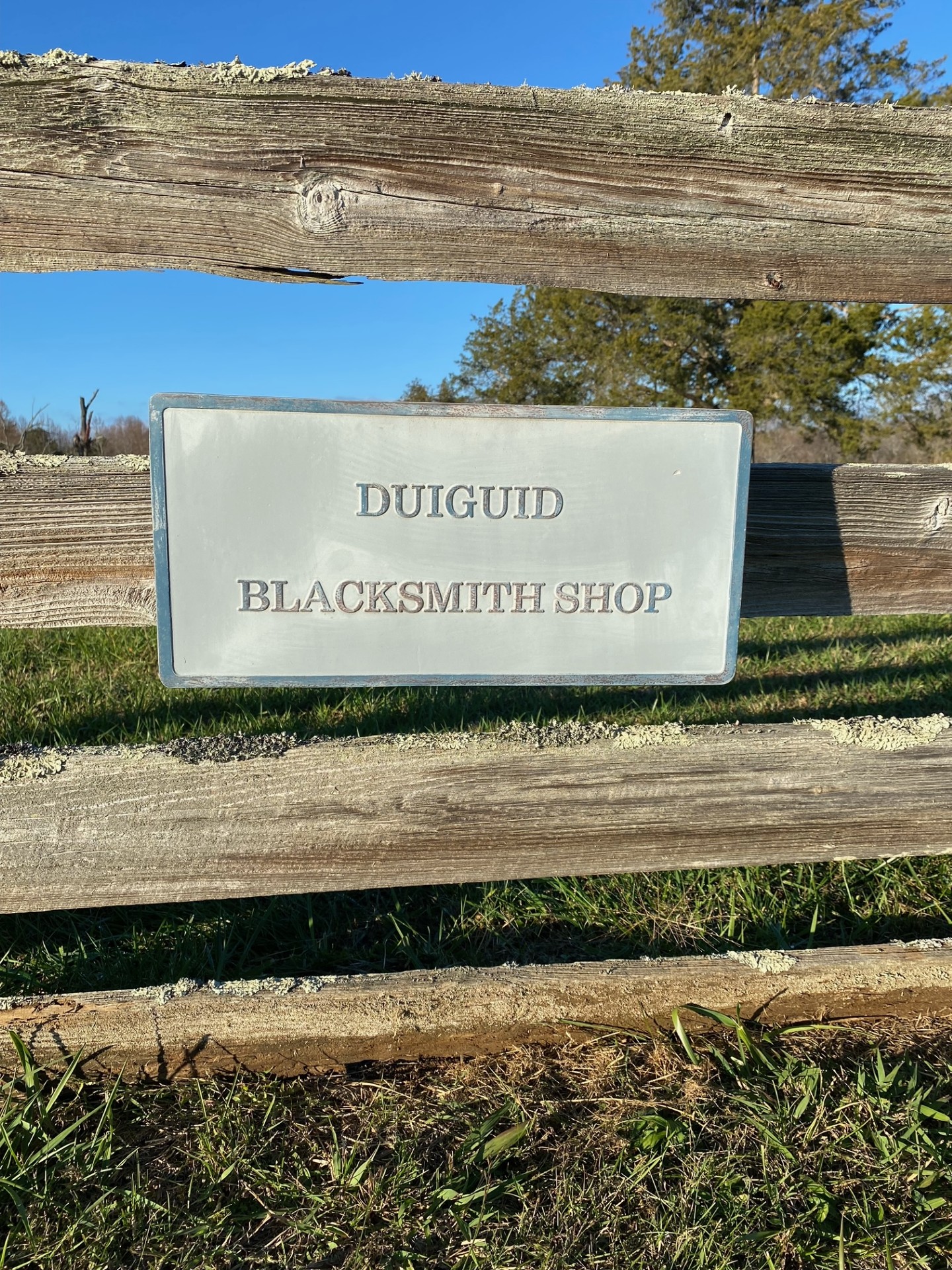
Clover Hill TavernOn April 10, Federal soldiers set up printing presses in the Clover Hill Tavern and General George Sharpe oversaw the printing of approximately 30,000 passes in the span of about 30 hours. Once printed, the passes were distributed to Confederate officers who filled them out for the men they commanded. 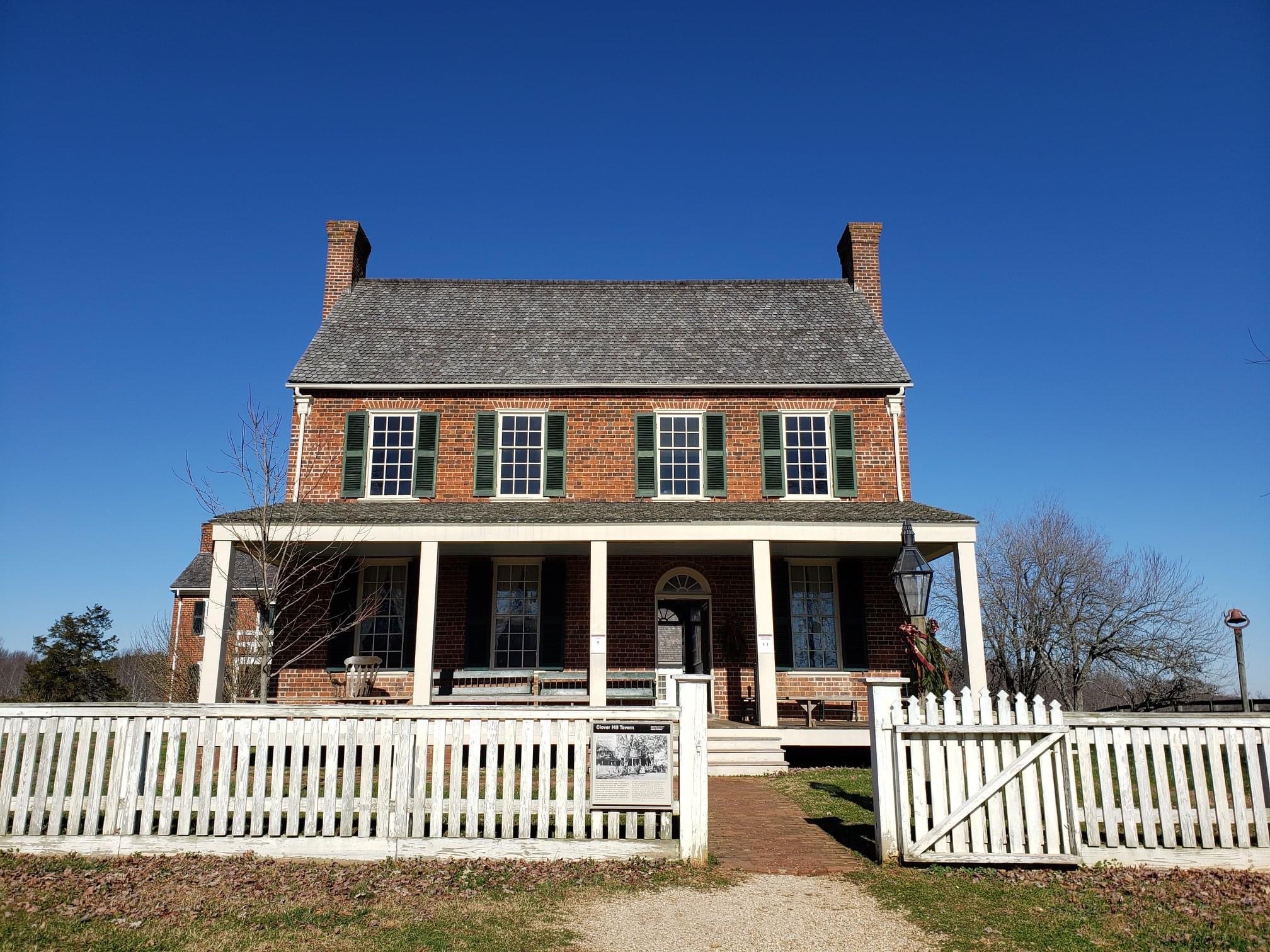
Confederate Cemetery Parking AreaThe parking lot at the Confederate Cemetery has 7 regular spaces and 1 handicapped accessible space. This parking area provides access to the Confederate cemetery, Civil Rights in Education Heritage Trail sign, the Stage Road trail, and after-hours access to the historic village space (closes at sunset).
Enslaved Peoples’ Quarters/Summer KitchenAt least nine enslaved people lived in the small white buildings behind the McLean House at the time of the surrender. 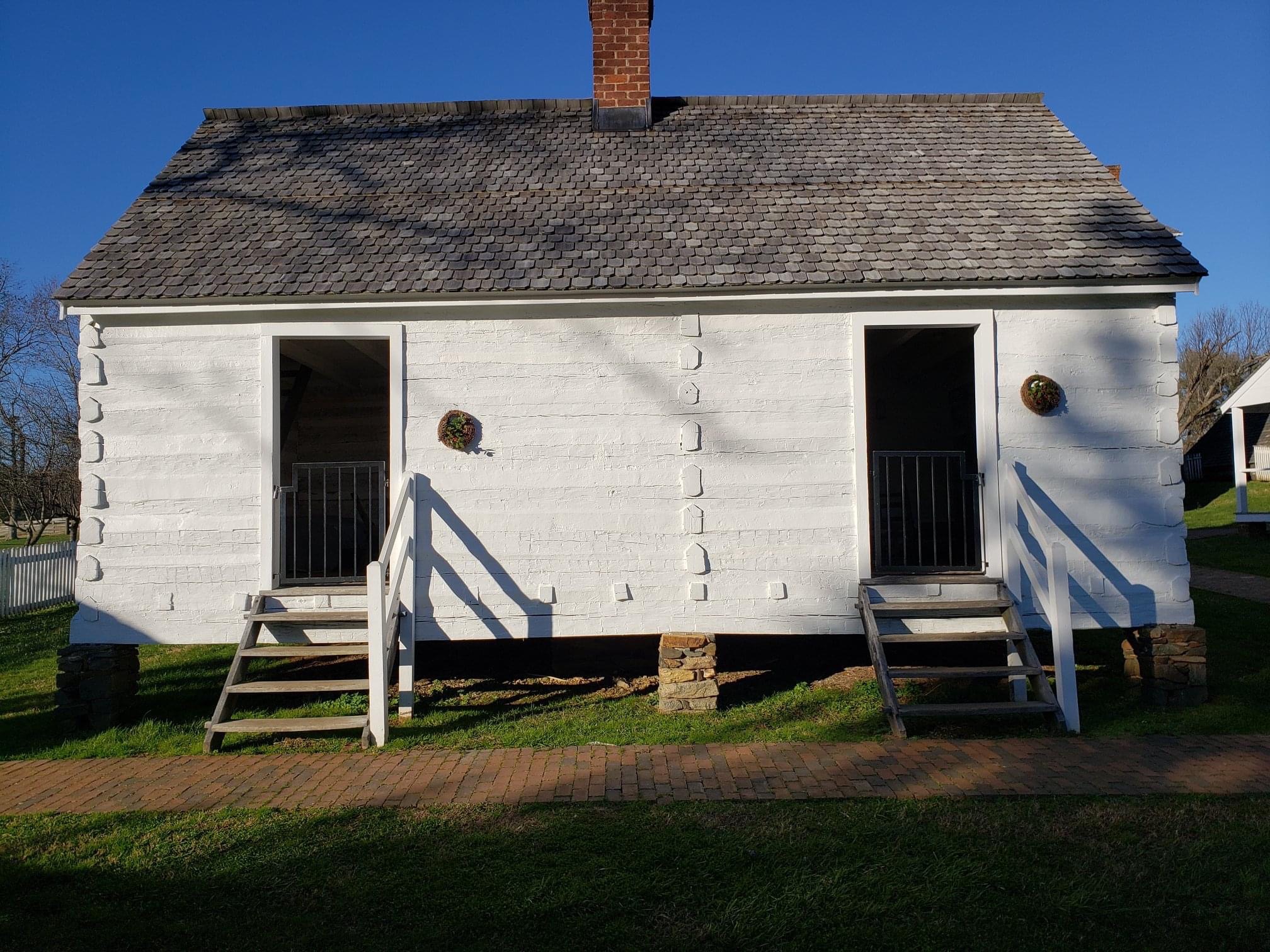
Gordon’s Assault WaysideWhile Federal cavalry waited along the ridge west of the village, roughly 9,000 Confederate soldiers assembled along this farm lane which cut across the Stage Road 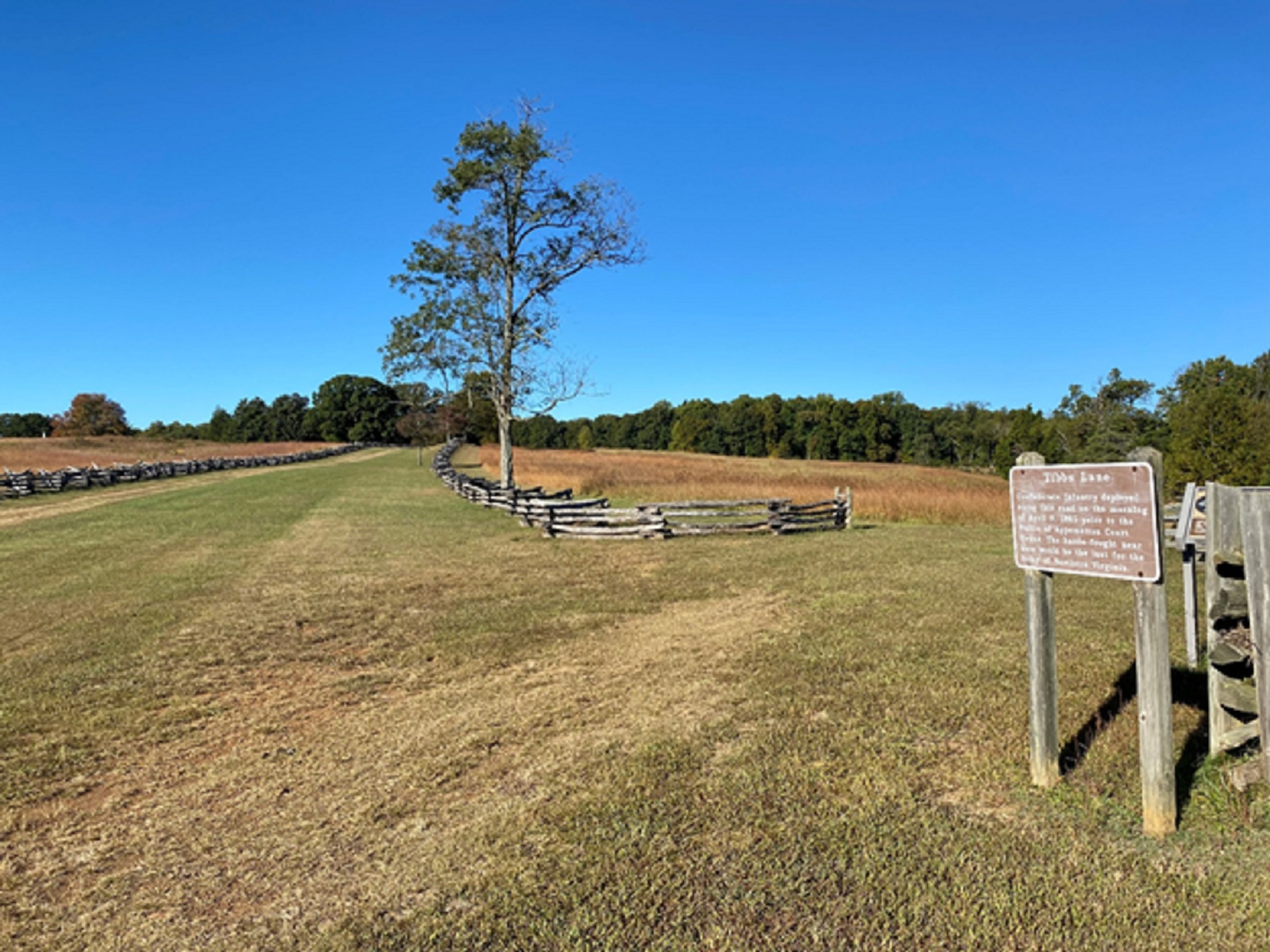
Grants Headquarters Parking Area
Inge Cabin Site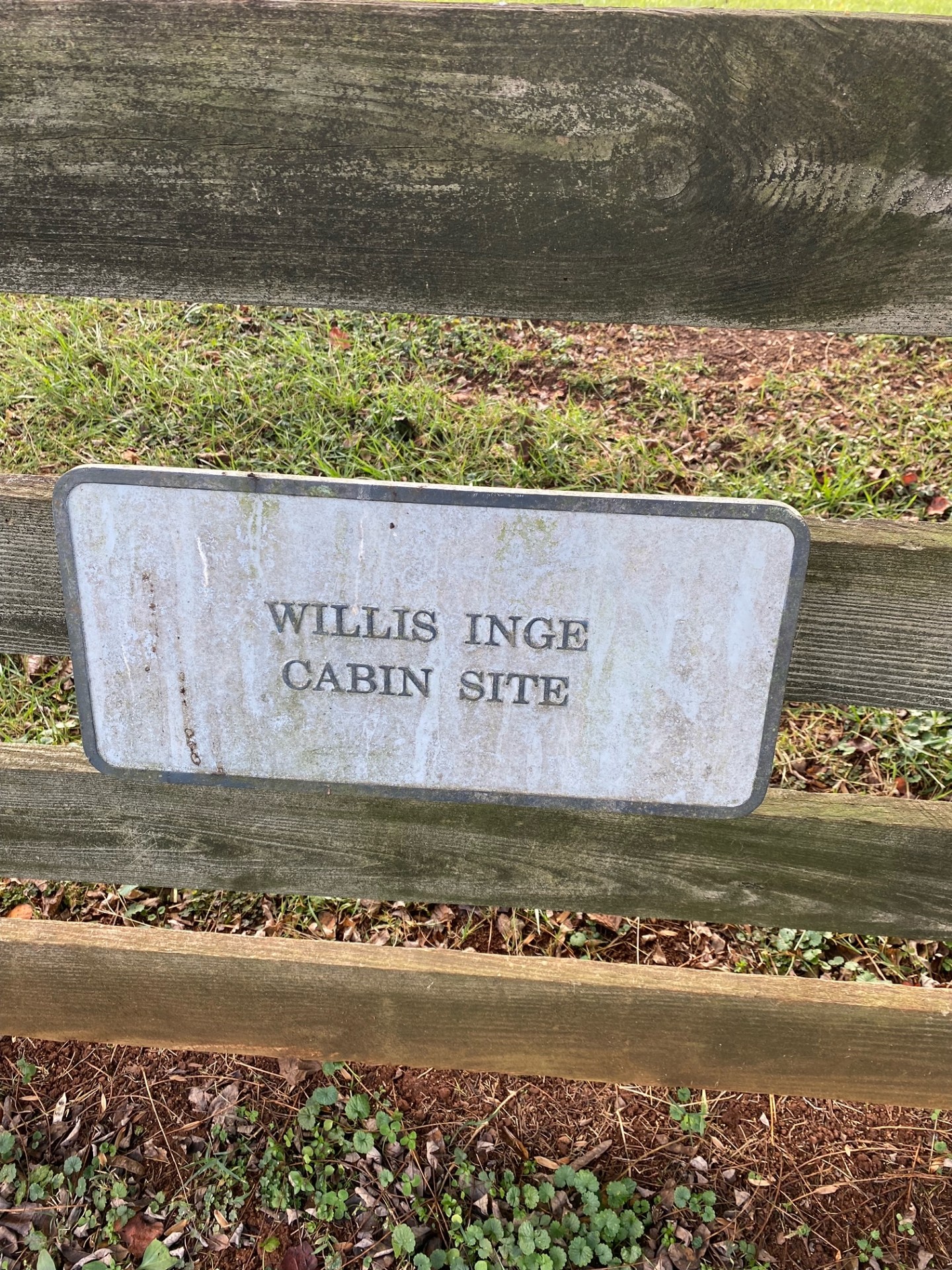
Isbell HouseDuring the Civil War the home was occupied by Lewis D. Isbell, who represented the county at the 1861 secession convention. Isbell also served as the Commonwealth Attorney for Appomattox County. 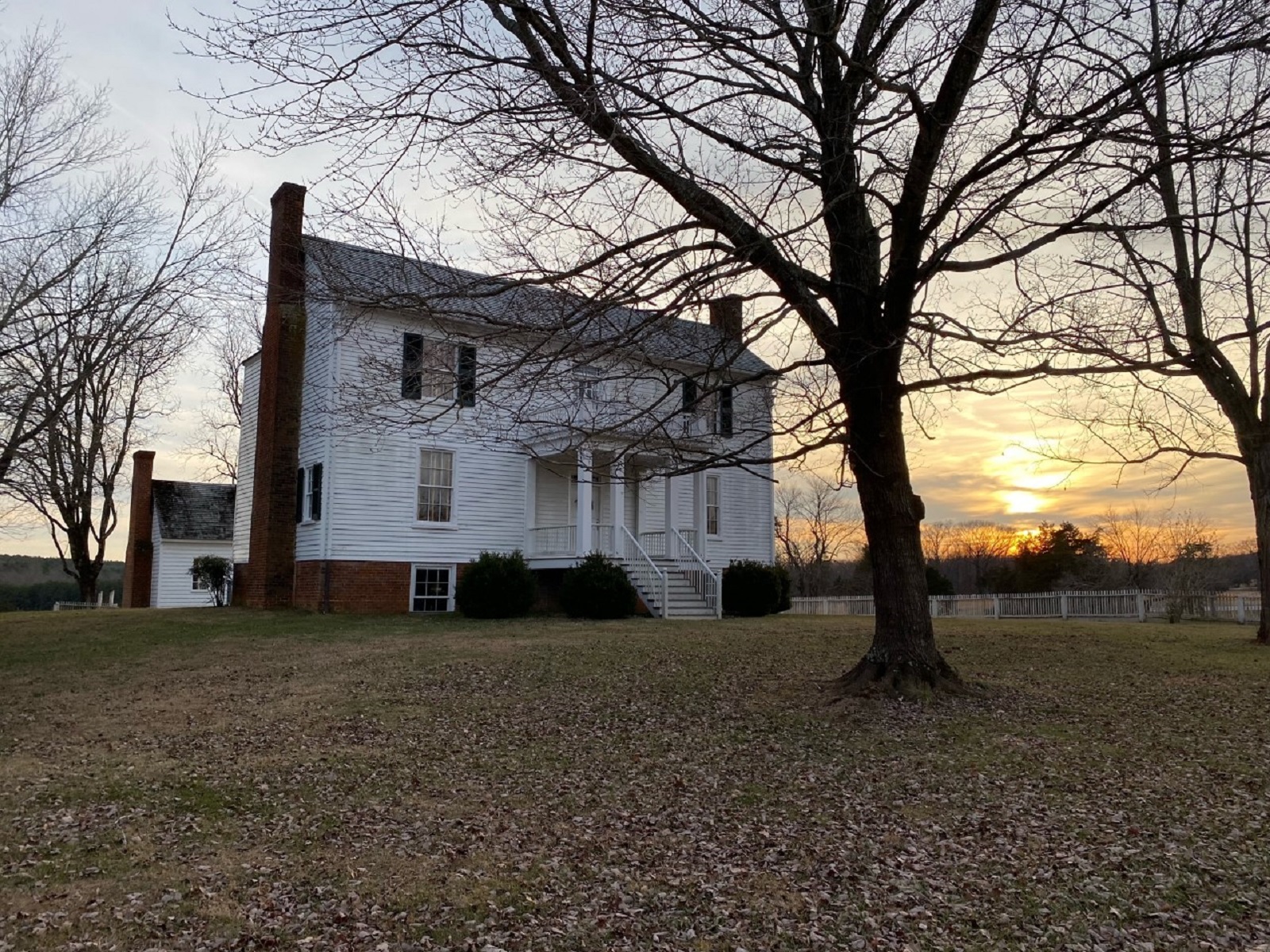
JailThe old jail burned in 1864, and work on a new jail at the site of its present location may have begun before the surrender. 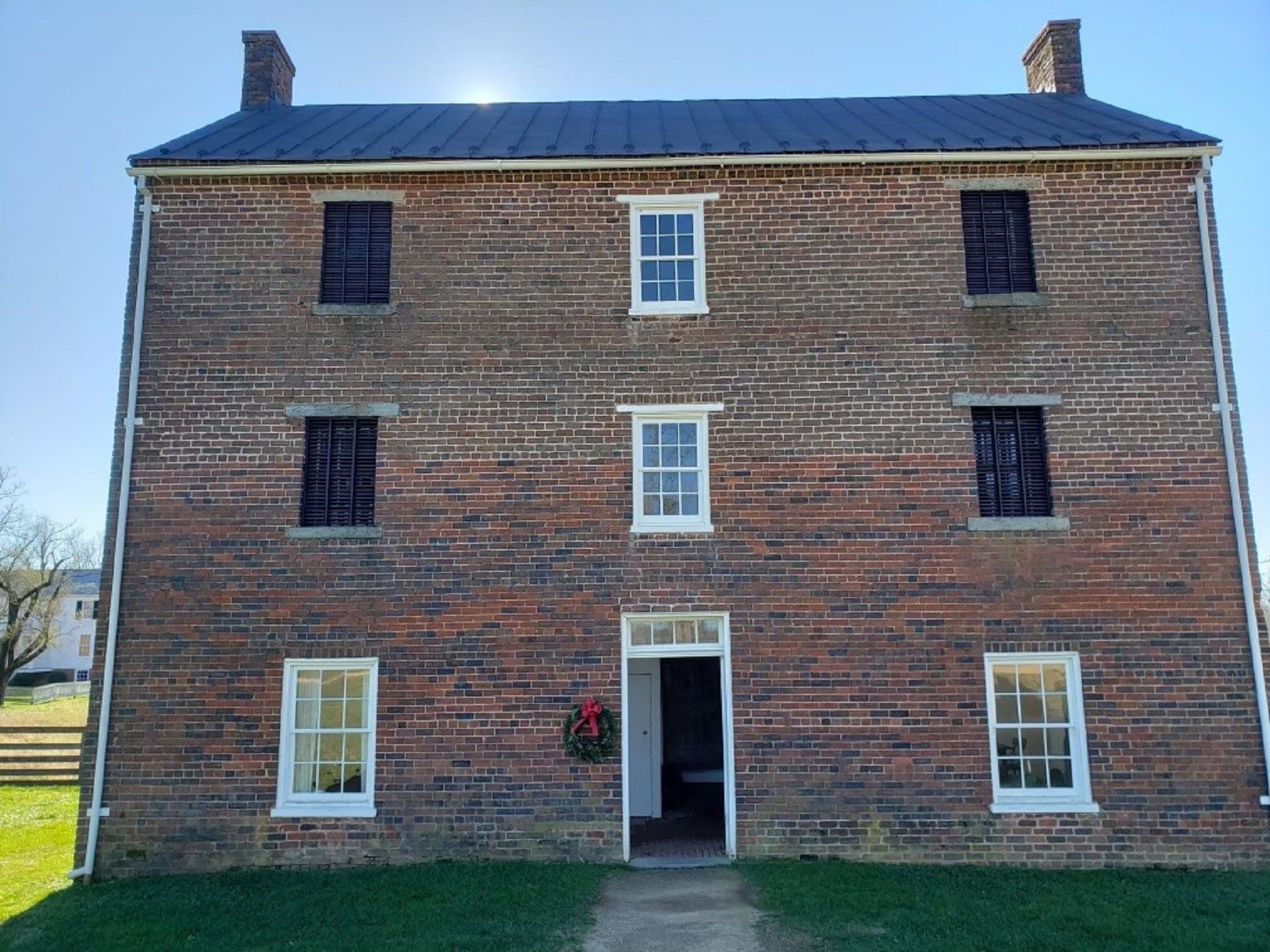
Kelley/Robinson HouseThe Civil War forever changed the two families that lived in this house both during and after the war. 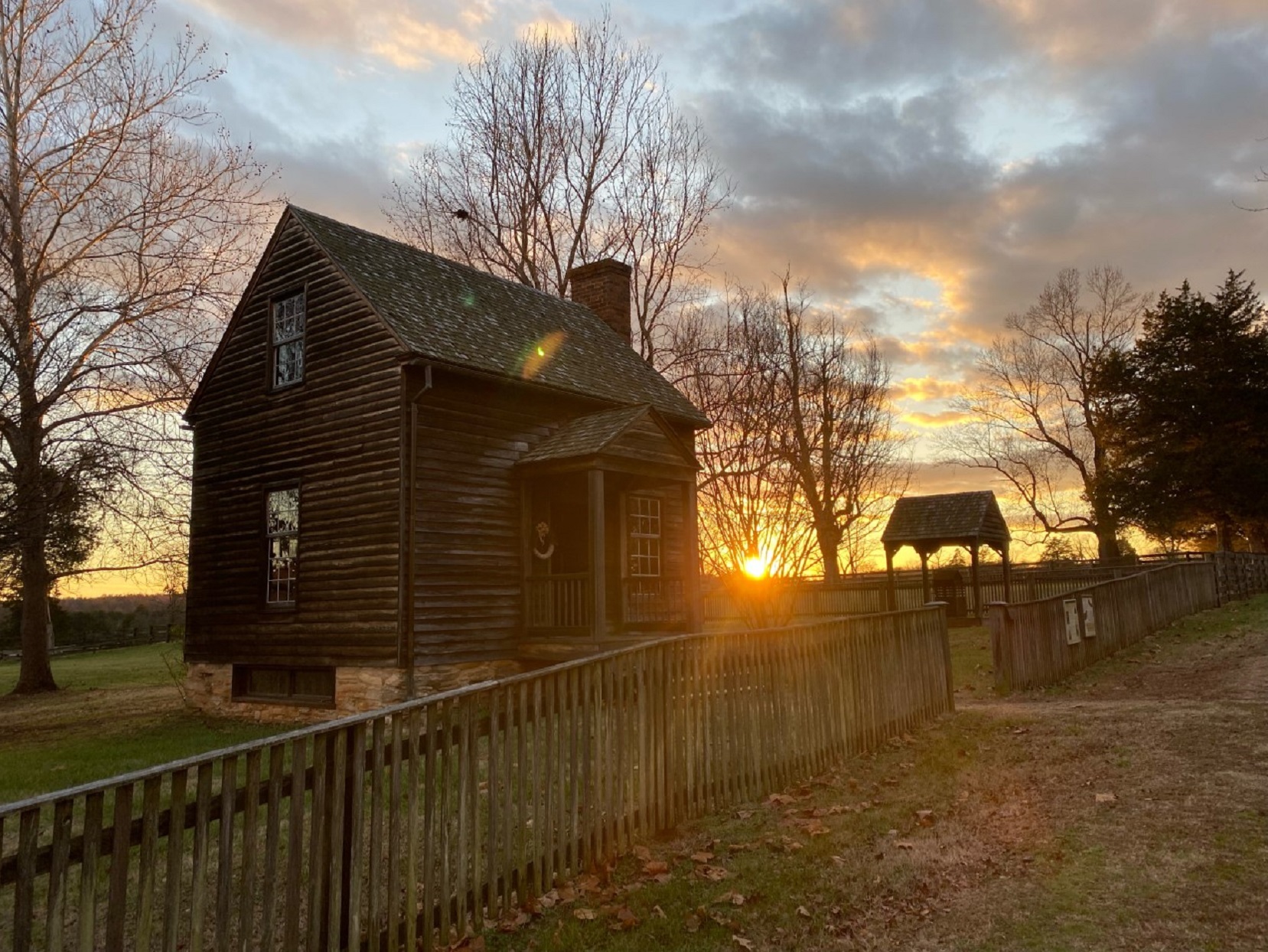
Lafayette Meeks’ GraveAlthough the armies had not passed through Appomattox County prior to the spring of 1865, the war deeply impacted the lives of the people of Appomattox Court House long before any musketry and cannon fire shattered the stillness of the quiet village. 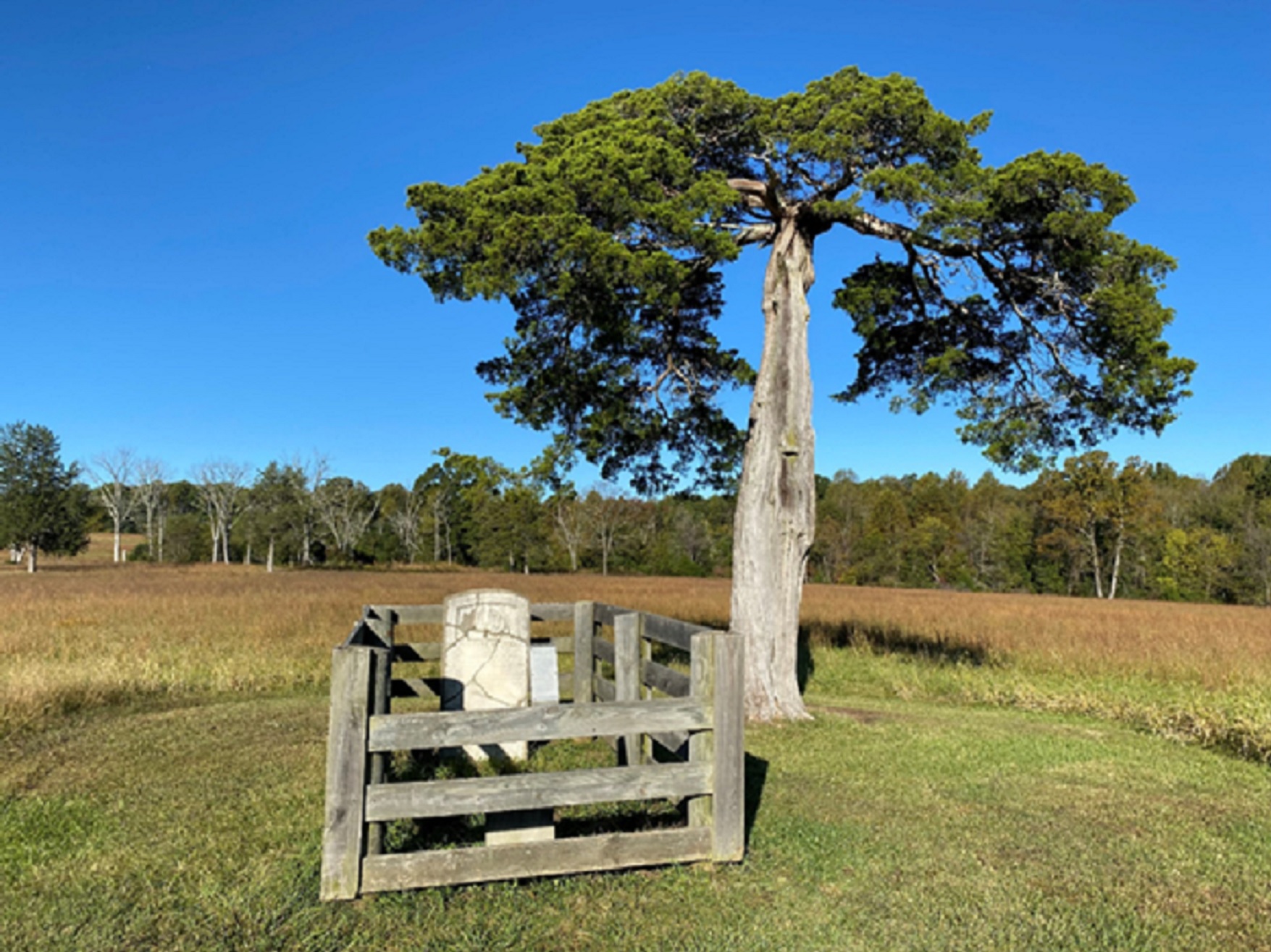
Lee and Grant Second Meeting SiteGrant and Lee held a short conference on horseback near this location on the morning of April 10. 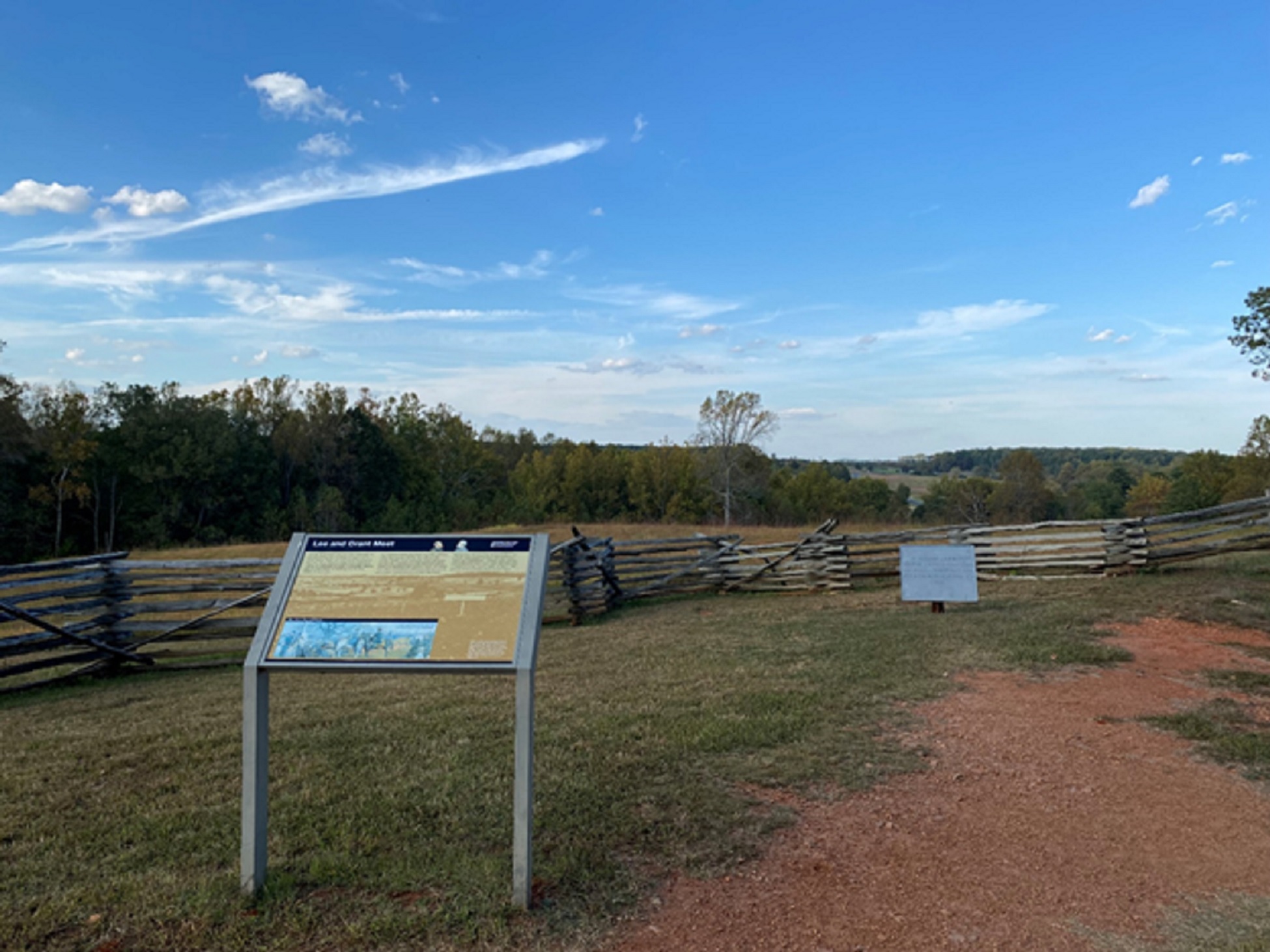
Lee's Headquarters Parking AreaThe Lee's Headquarters parking lot features 12 regular parking spaces. This site provides access to the site of General R. E. Lee's headquarters by a .3 mile trail up the hill from the parking area, along with signs that describe Confederate decision making in the campaign's final days.
Mariah Wright HouseThis frame house, built in the mid-1820s, is one of the older buildings in the village. The stone and brick chimneys are typical of this region. The inside of the building is open to the public. 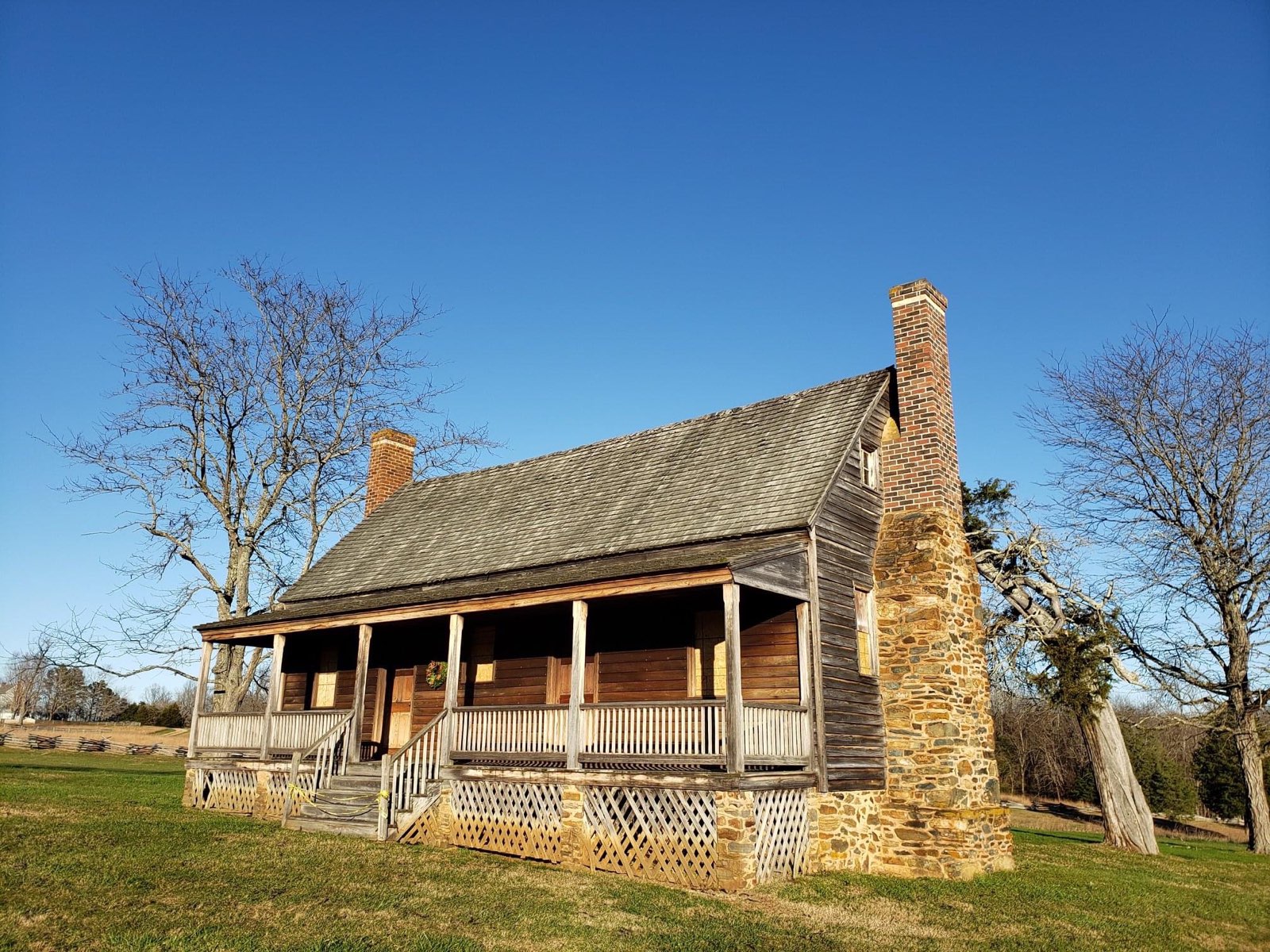
McLean HouseWhere General Grant accepted General Lee's surrender, sparking the beginning of the end of the Civil War and advancing emancipation. 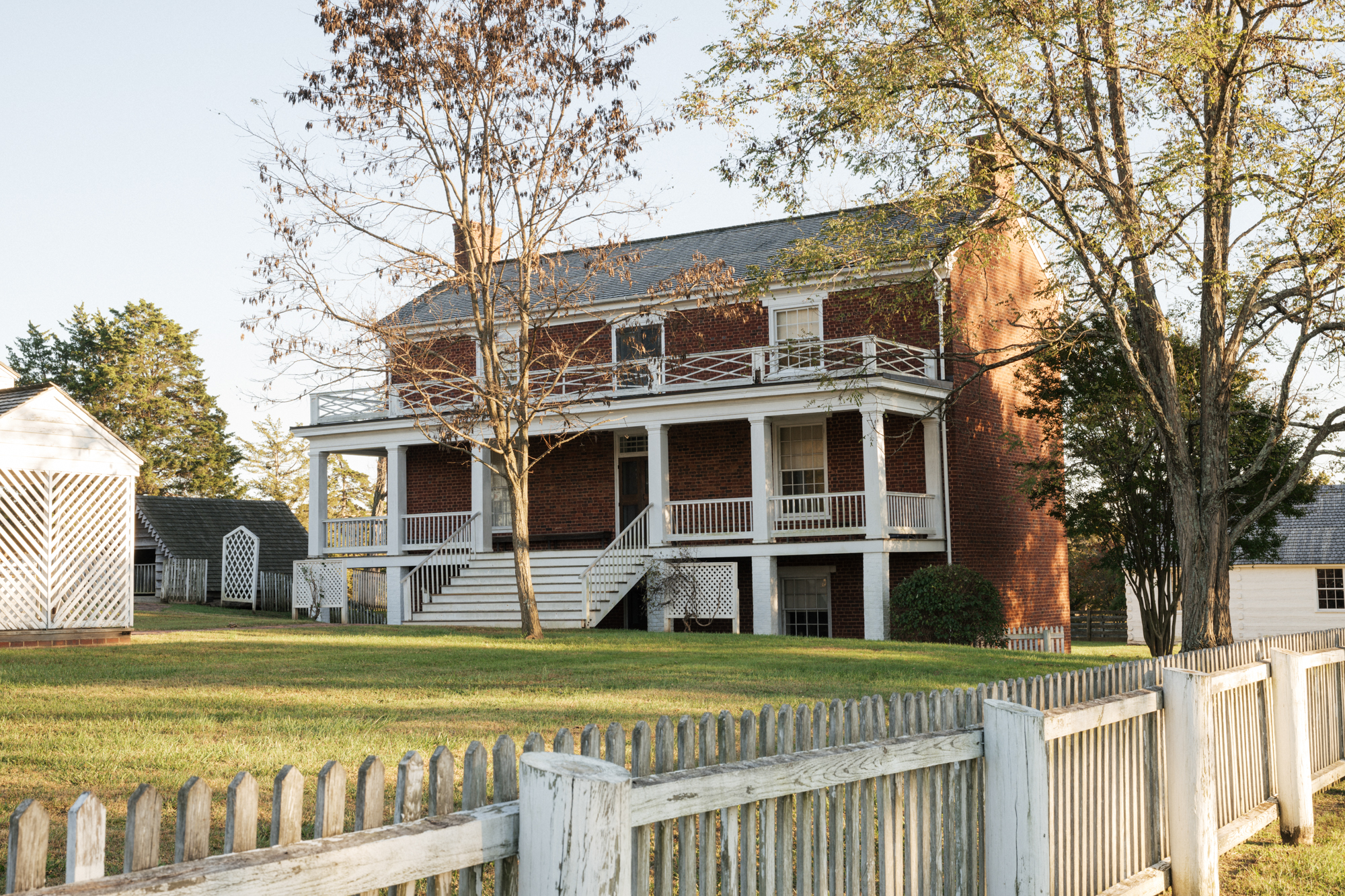
Meeks StoreConstructed in 1852. At the time of the surrender. Francis Meeks operated a general store and post office here. 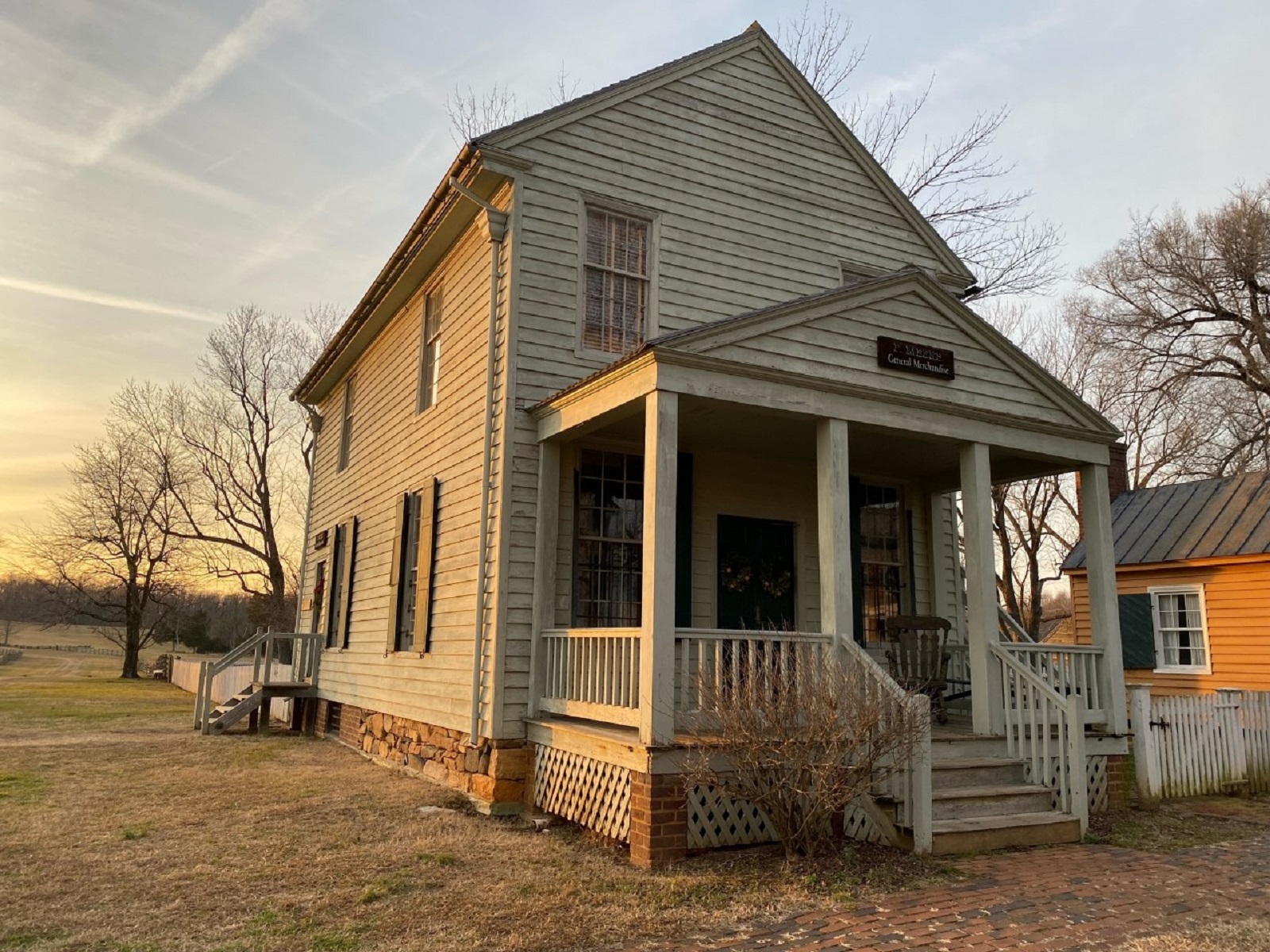
North Carolina Monument Parking AreaThe North Caroling Monument Parking Area features 10 regular spaces and 1 accessible parking space. This parking lot provides access to signs about the North Carolina monument located in the woods nearby. Visitors can also access the Grant's Approach loop trail here and from that trail, access the Southside Connector Trail, the Tobacco Prizery Nature Trail, and the Lee's Headquarters Trail (adding several miles).
Old Jail SiteThe small piles of bricks at this site mark the footprint of the first Appomattox County jail. Built shortly after the county was formed in 1845, the jail served as a holding facility for detainees awaiting trial in the courthouse or for those serving a short sentence or awaiting transfer to a penitentiary. In December 1864, the jail burned down, and the construction of a new jail began across the road over the next several months. The new jail was completed by 1867. 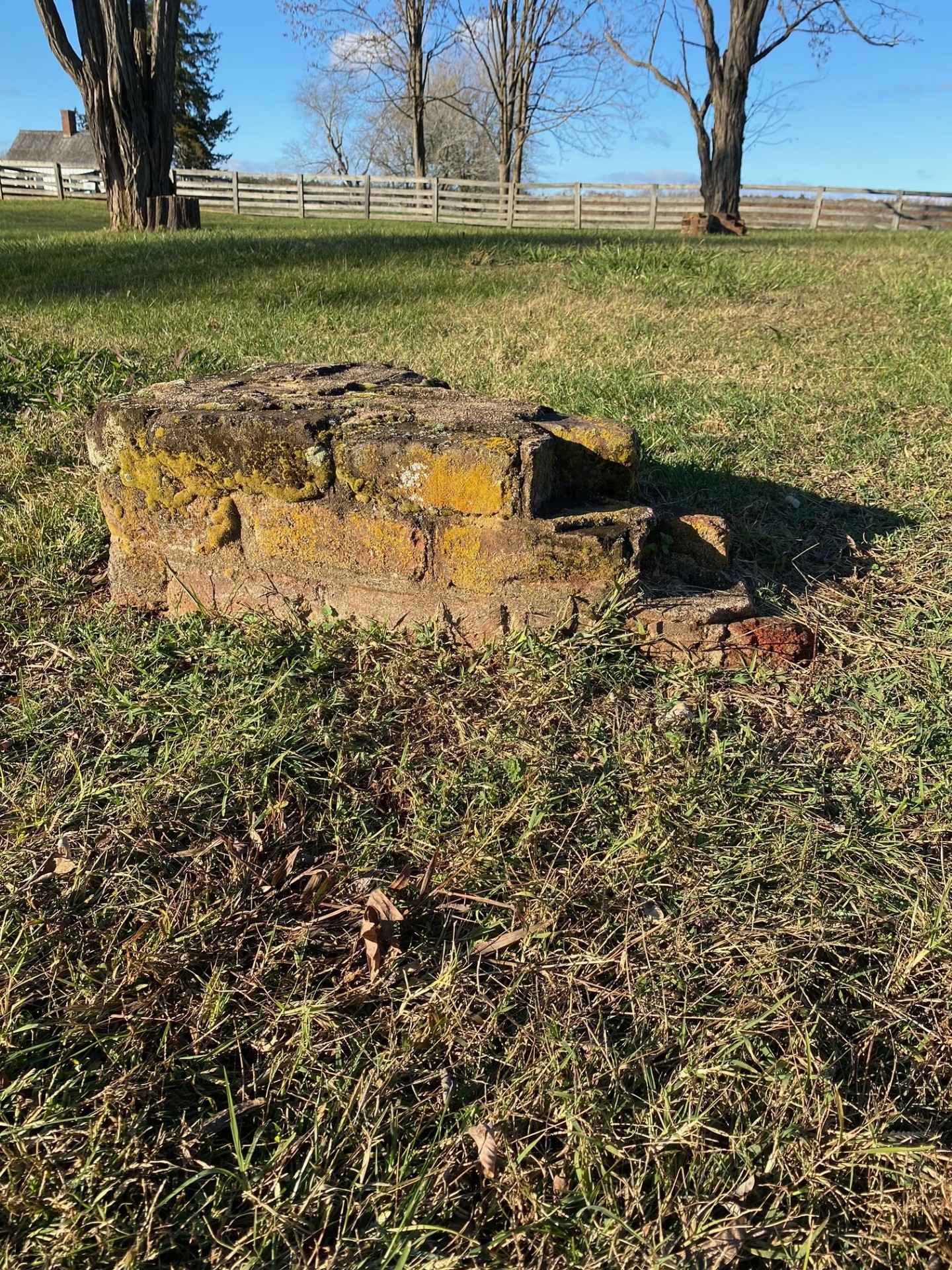
Park Store- Clover Hill Tavern KitchenAmerica's National Parks Store is the best way to commemorate your visit or pick up a book to read more about our park stories. 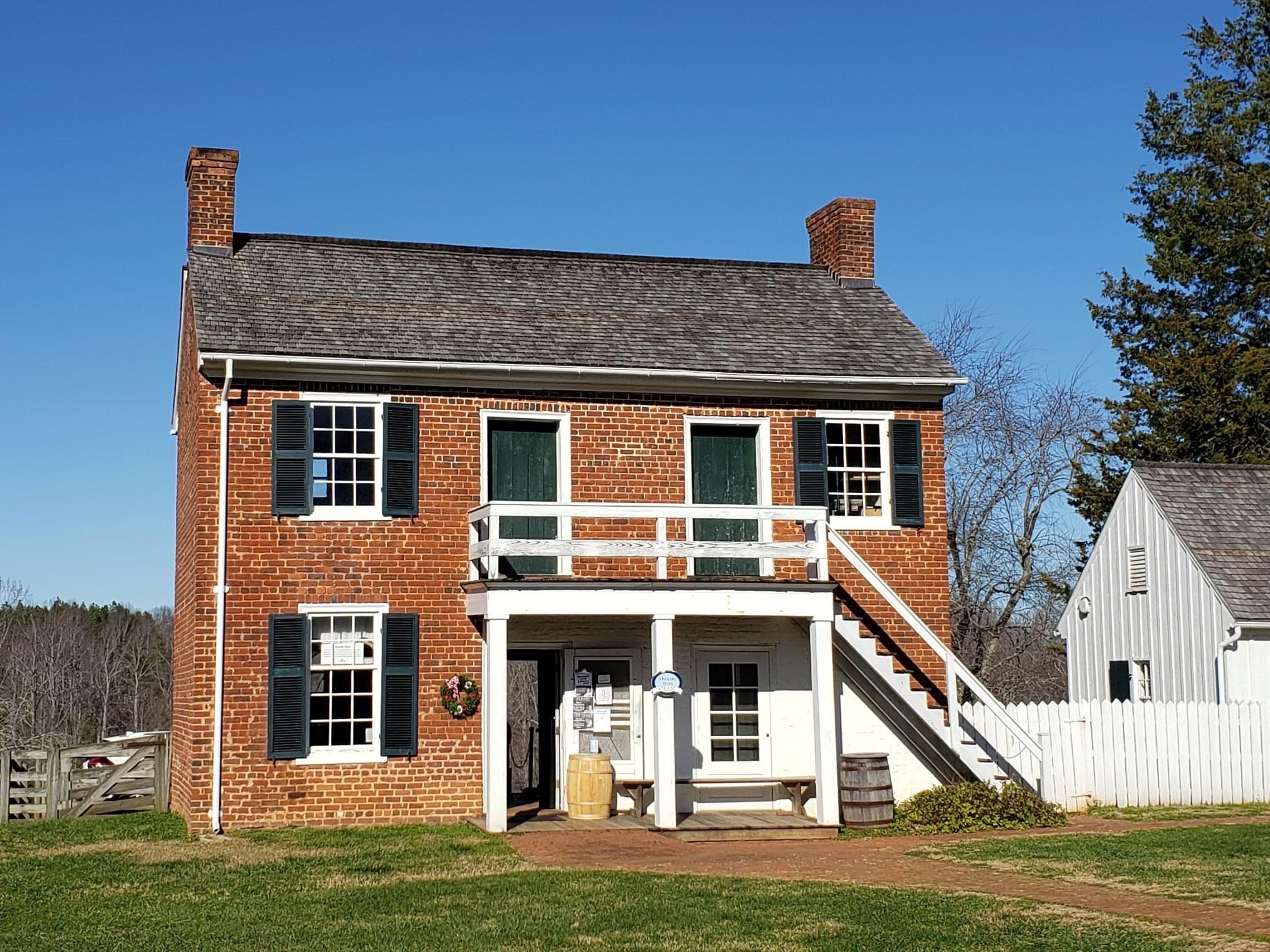
Peers HouseConfederate artillery posted in front of the Peers House fired some of the last artillery shots of the war in Virginia. 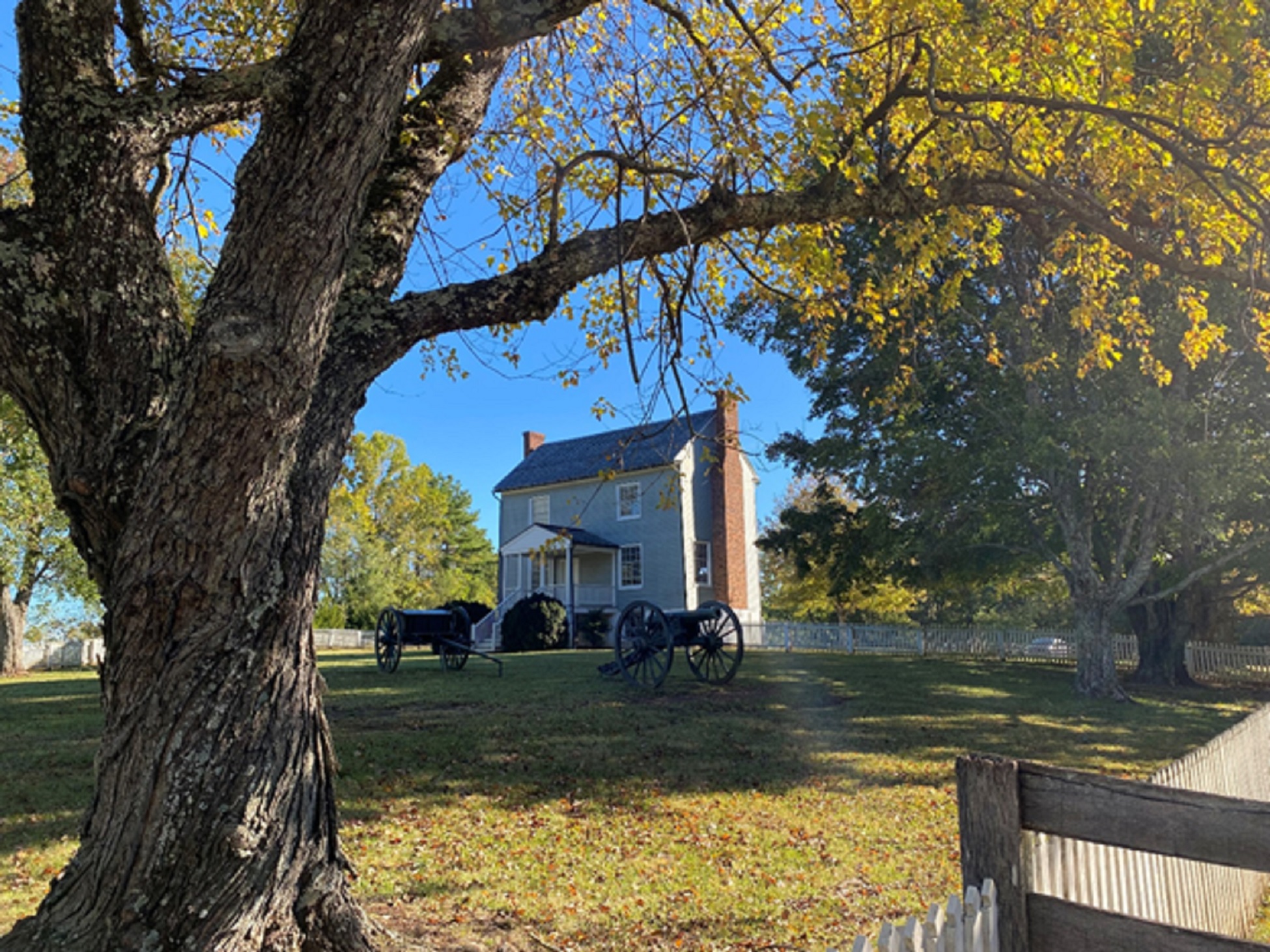
Richmond-Lynchburg Stage RoadThe Richmond-Lynchburg Stage Road once brought prosperity to the small village of Appomattox Court House, but in April of 1865 it brought the war to Southside Virginia. 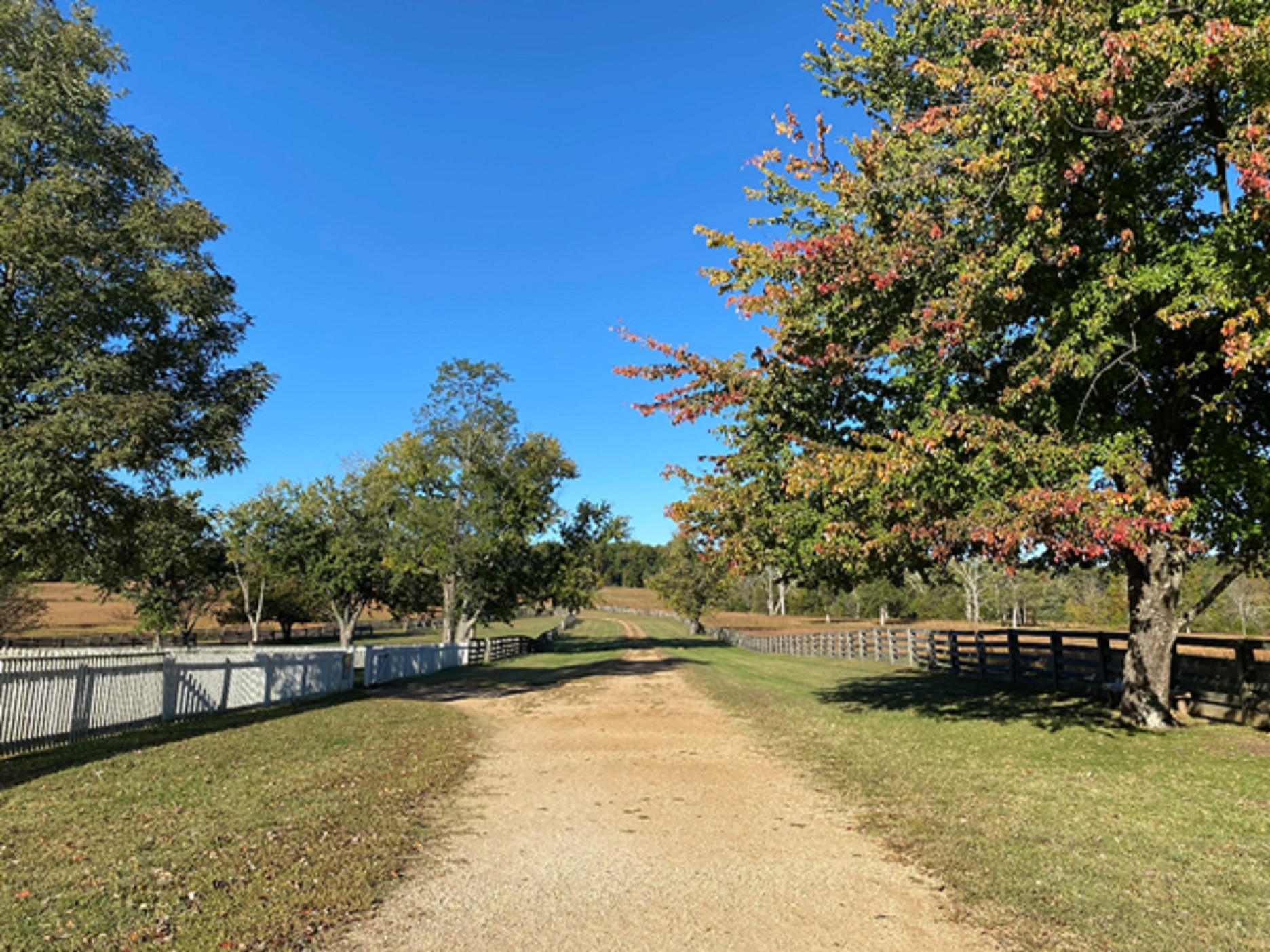
Rosser Shops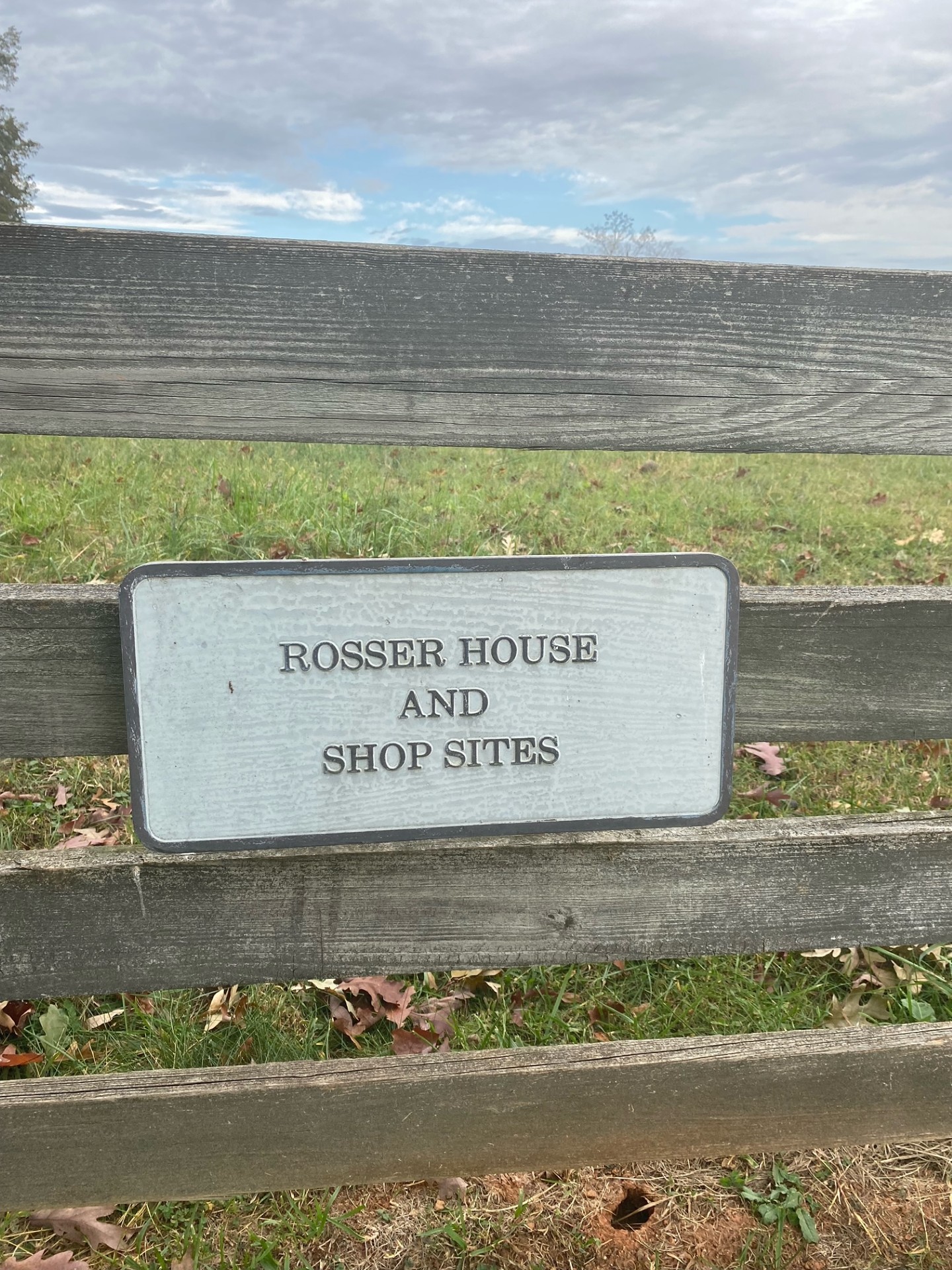
Woodson Law OfficeJohn Woodson bought this office in 1856 and practiced law here until he joined the Confederate Army and died of disease in 1864. 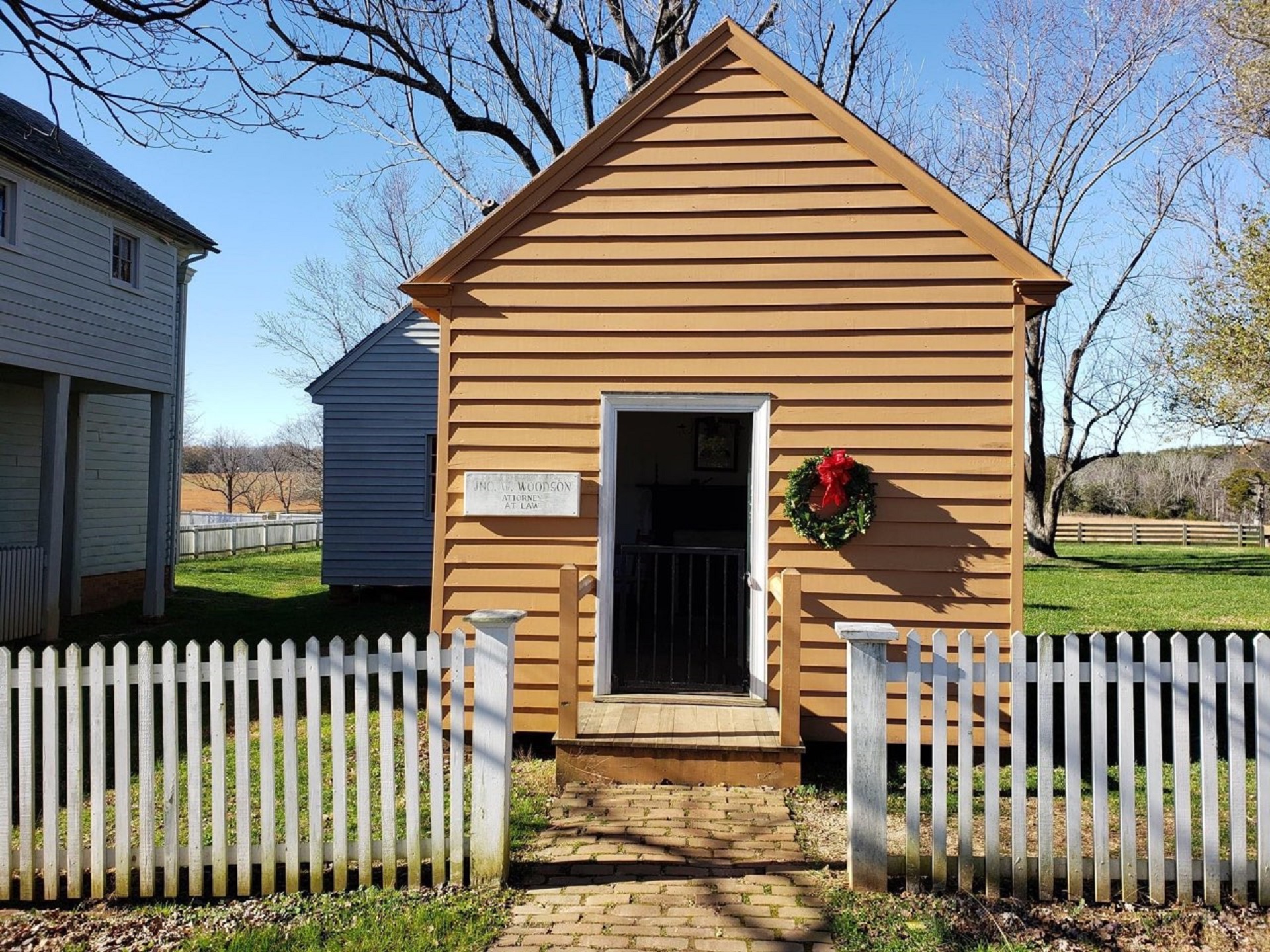
|
| Visitor Centers | Count: 1
Appomattox Court House Visitor Center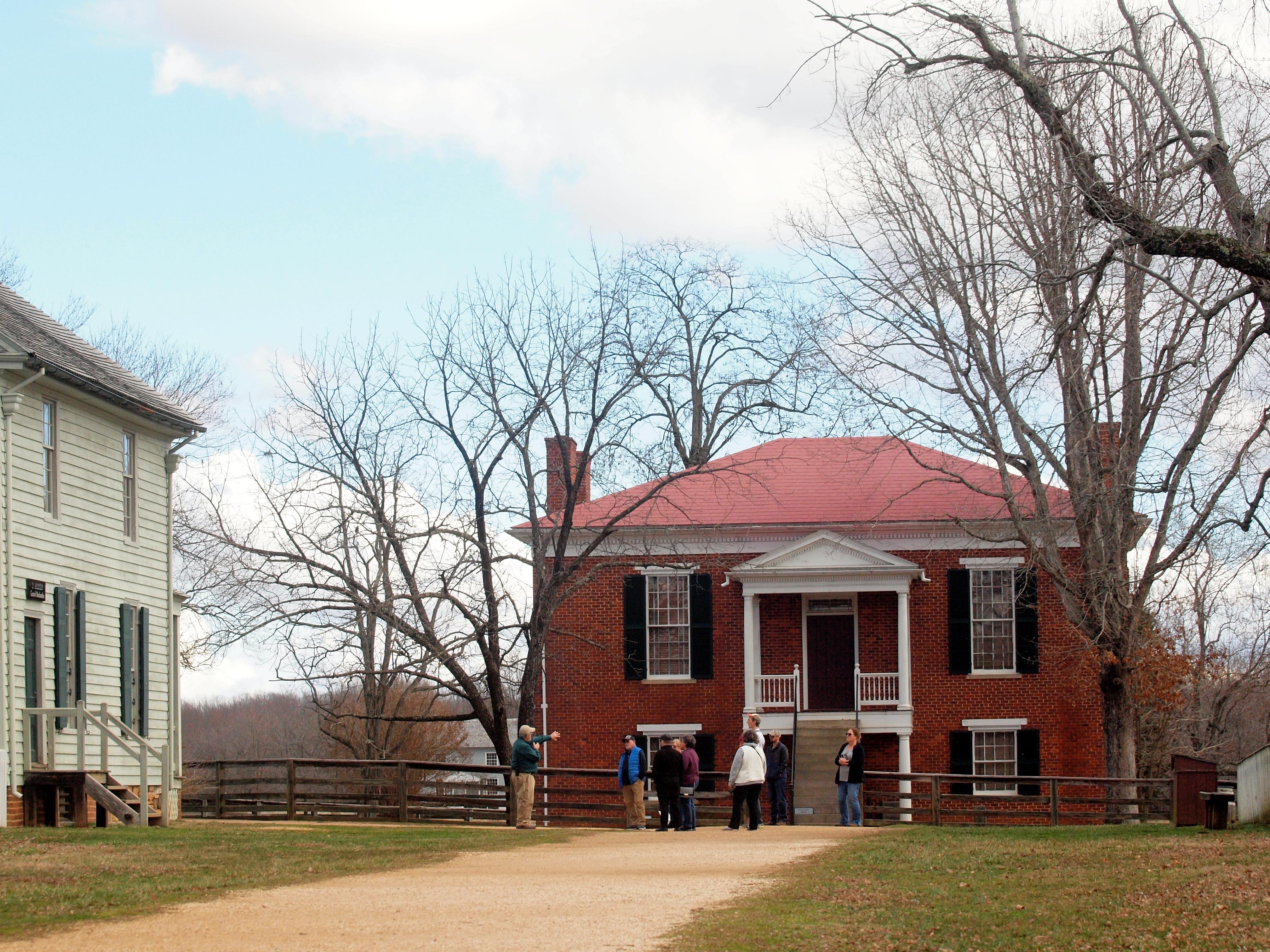
|
| Things to do | Count: 3
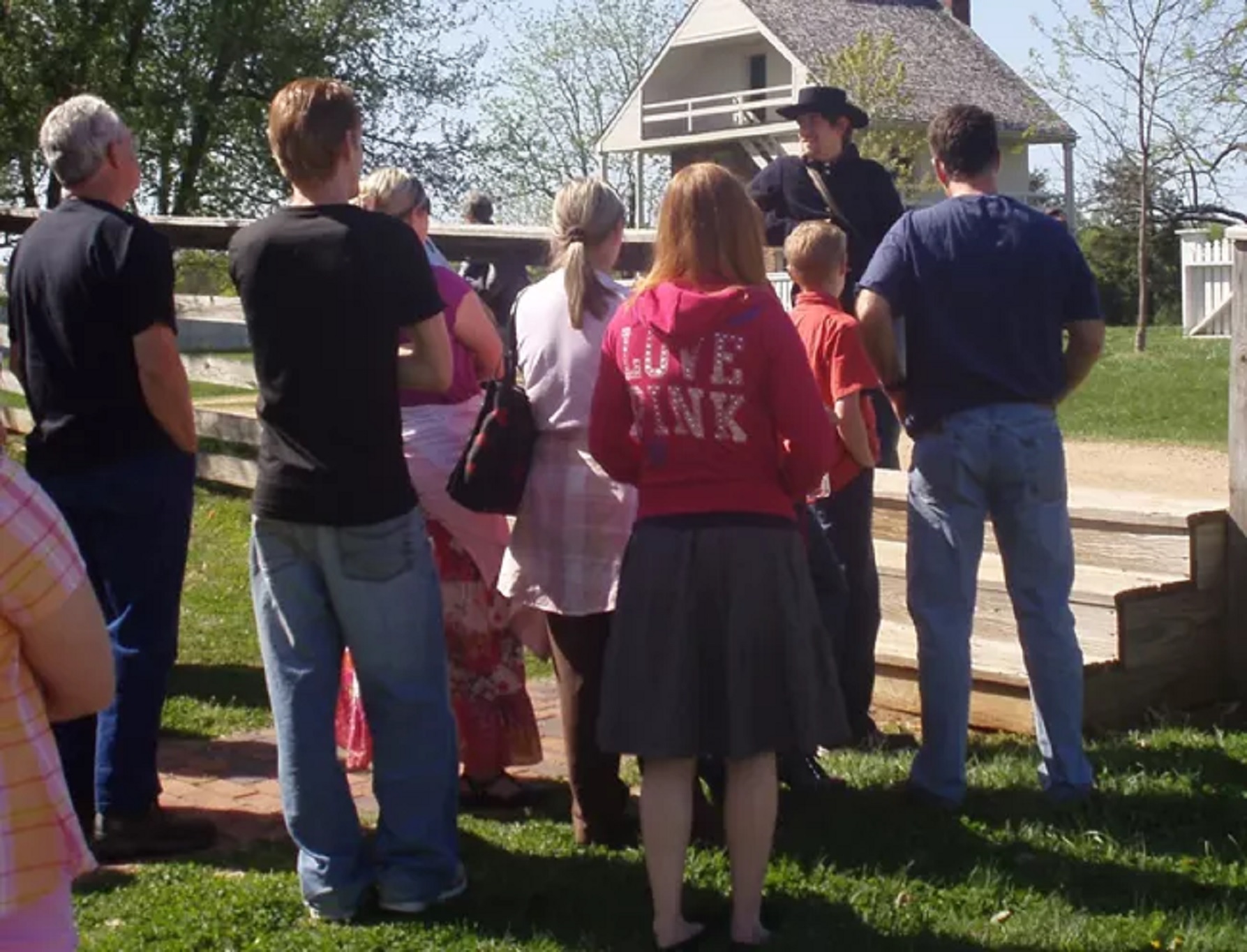
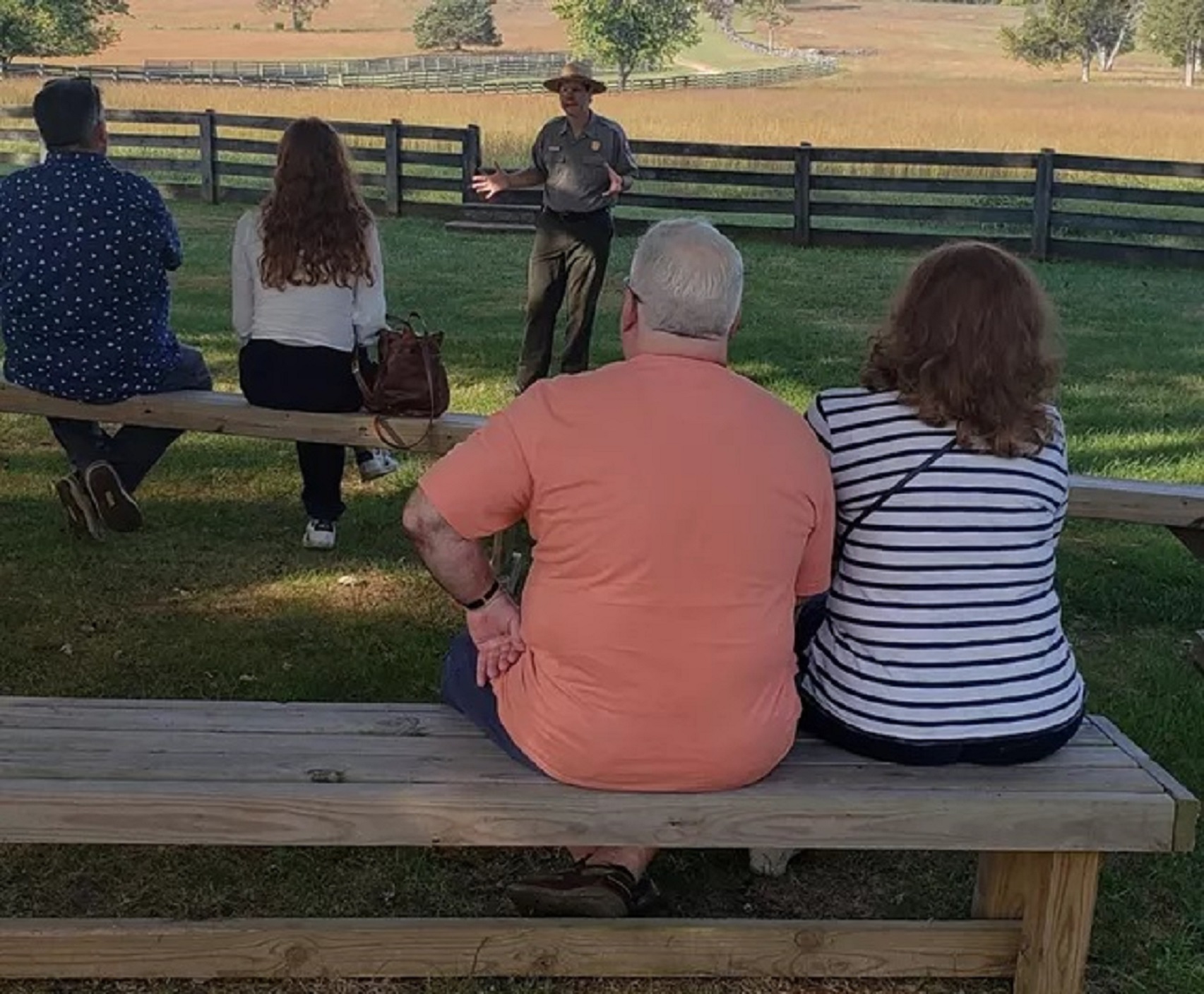
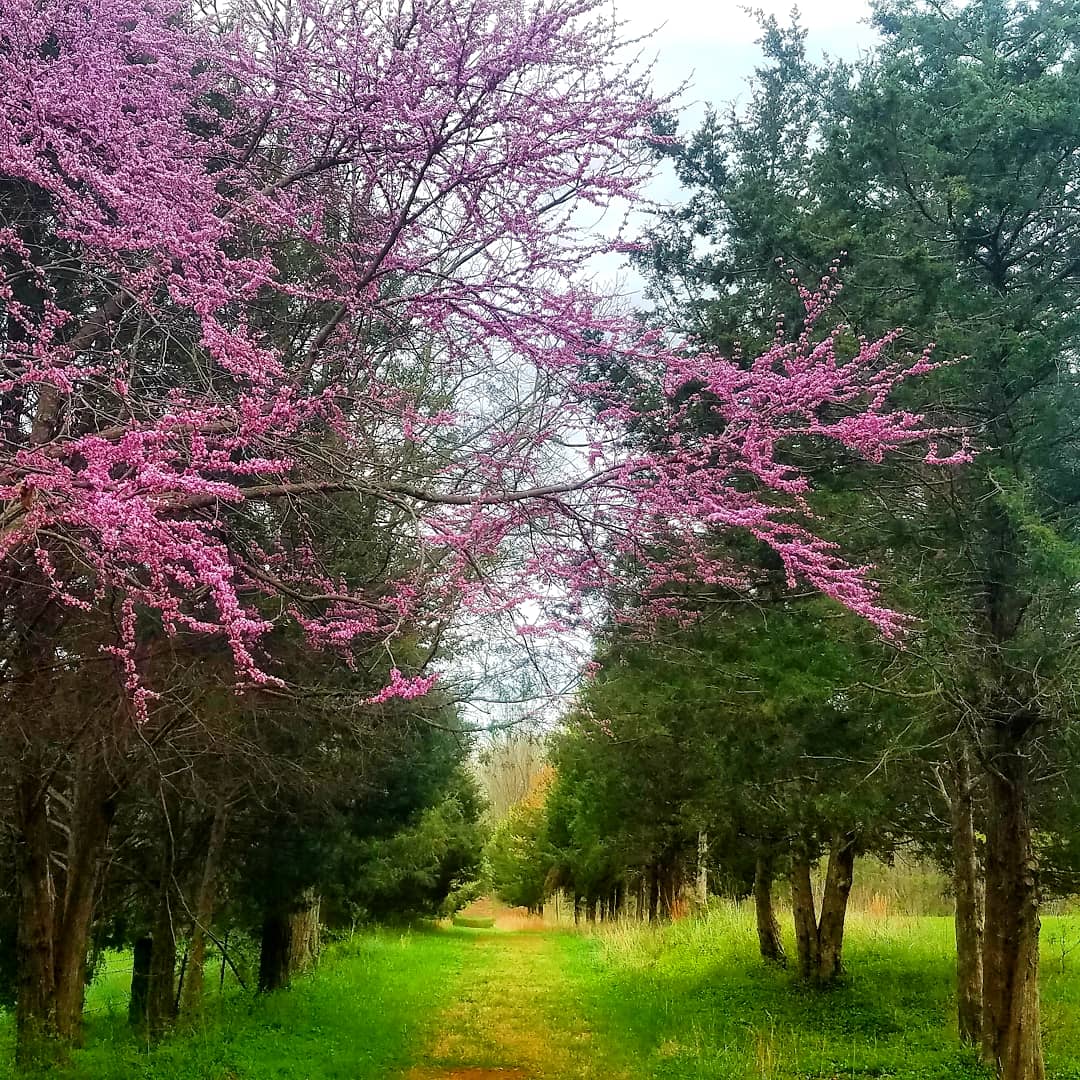
|
| Tours |
Count: 2
Appomattox Court House Village TourExplore the history of the village and of Appomattox Court House! This one-mile-long self-guided tour follows gravel and grassy paths accessible to most wheelchairs. Due to the historic nature of the structures, many of the park buildings are not accessible to those unable to climb steps. Civil War and Reconstruction TourExplore Civil War and Reconstruction stories throughout the village of Appomattox Court House. This one-mile-long self-guided tour follows gravel and grassy paths accessible to most wheelchairs. Due to the historic nature of the structures, many of the park buildings are not accessible to those unable to climb steps. |
| Articles |
|